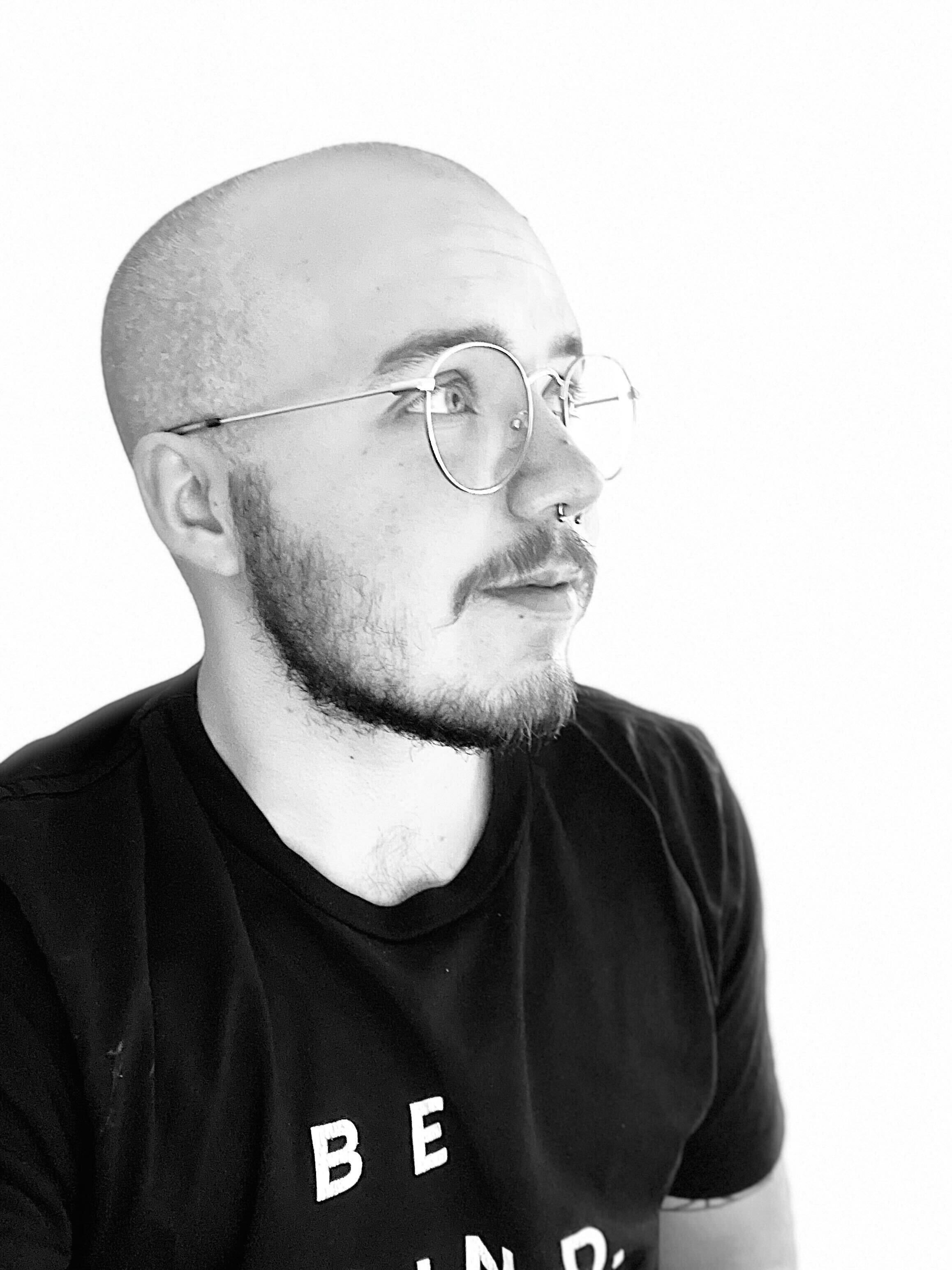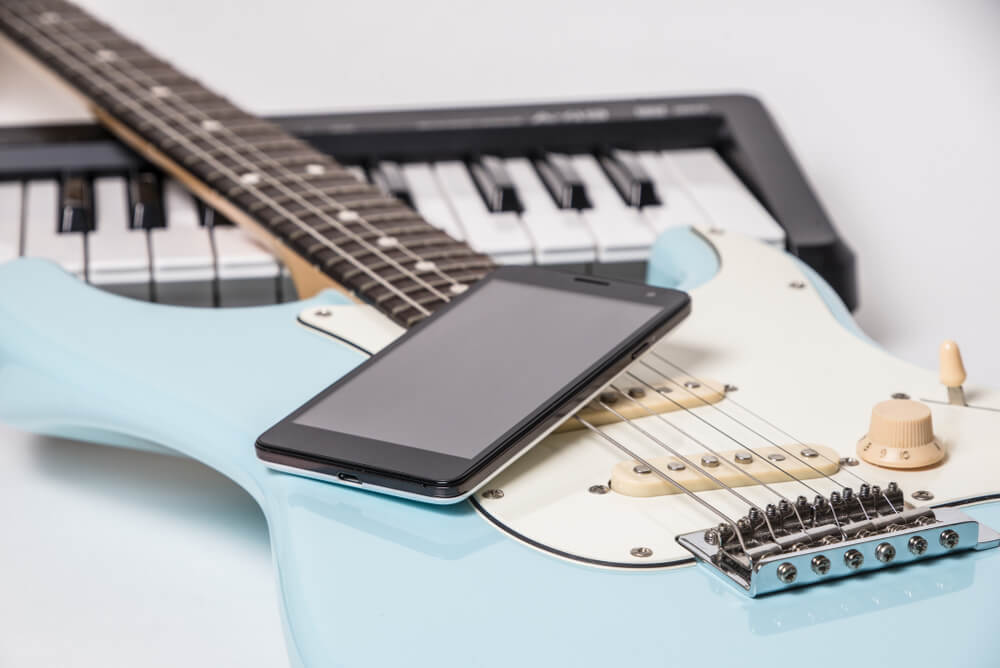Making videos can be time consuming. But rushing through your recording time? That’s even more time consuming. It may be tempting, but take it from me: just pressing record and starting to talk is the best way to waste a ton of your time.
That’s what we call the “fix it in post” method, which means having to cut out tons of bad footage in your video editor (aka “post-production”) before you have something worth publishing. While this is the method most people use as beginners, finding a good process that can save valuable time is what will take your video production to the next level.
This all starts with the recording process. The better your recordings are, the less time you’ll spend editing. And we all want to spend less time editing, since editing footage usually takes at least twice as long as it did to record it — often much longer, depending on graphics and transitions.
As I’ve recorded, edited, and produced thousands of hours of video (and audio) content for myself, my partner, and my clients over the years, I have a few pro tips that can hopefully save some time during the editing process.
But a disclaimer I always like to give up front is that what works for me may not be best for everyone. We each have our own unique process based on our environment, equipment, and experience. And mine constantly changes as new technologies and services (like Descript) emerge and evolve. Be flexible with your own video process until you find the one that works for you.
Slow and steady wins the race
I know when I get excited or nervous I start to talk faster and faster. While speaking quickly makes for a shorter video — which is often necessary for social media content like Reels and TikToks — it can end up costing production time in two ways:
- You make more flubs and mistakes, and
- Those mistakes and the pace at which you’re speaking make it harder to find good places to edit.
I like to sit quietly before I press record, think through what I’m going to say, take a breath, and then begin. I try to be mindful of speaking slowly enough for viewers to clearly understand what I’m saying and of pausing at strategic moments to emphasize an idea. I also try to remember that removing a pause is easier than cutting a flubbed phrase and stitching it back together in a way that’s not distracting. Slowing down as I record is actually a faster production process for me overall.
Oh snap!
When I know I make a mistake that needs to be edited in post, I like to use the voice actors’ trick of snapping my fingers or clicking my tongue. I’ve also seen voice actors use a dog training clicker, but that may not work for video if your hands are visible.
Having a sharp, high-frequency noise in the recording provides a very clear visual cue in the waveform within the editing software that tells me “cut here.” And to take it to the next level, if I end up having to do multiple takes to get the words I need out, I can do two clicks after the second mistake, three clicks after the third, and so on. That way I can just chop out everything between the multiple click waveform and the original flub without having to listen to the whole recording.
Of course, if you’re using Descript, you can just say an unusual word (“banana” or the like) to mark cuts. Then when it’s time to edit, you can just hit ctrl+F to find all the places you said “banana.”

For the hand talkers
Body language can be just as powerful as spoken language, and for me it helps to elevate the energy of the YouTube videos I like to watch. Maybe it’s just because I talk with my hands myself — sometimes to a larger degree when I’m on camera.
But if I make a ton of mistakes requiring edits, that hand flailing can make those edits visually distracting — my body position jumps like a computer glitch and it’s obvious I’ve made a cut. Since you’re already pausing to create space for clean edits, it shouldn’t be too hard to add one more habit to this practice: return to a “home position” with your body every time you pause for a new take. Doing this requires me to be mindful of how each part of my body naturally sits when I’m not speaking. Stage performers and dancers know exactly what this feels like.
I like to do a test recording to see what I look like on camera before and after I speak. Is my spine straight or am I slouching? (I need to remember that good posture can help with energy, breathing, and my voice production.) Are my hands and arms folded across my lap or at my sides? Is my head tilted or turned to one side a bit? Are my mouth and eyes open or closed? Am I smiling? (I need to remember to smile!) Are my eyebrows up or in a neutral, relaxed position?
Knowing what that feels like and returning all of my body parts to that same spot every time I pause for an edit helps give me more options for the cuts and stitches I need to make. And the more I do it, the less I have to think about it.
Teleprompters
There are more than a few creators that recommend using a teleprompter to save time for video production. Teleprompters have their benefits and drawbacks, and I’ve found that I prefer not to use mine for most of my video content.
Here’s why. Using my teleprompter can potentially reduce editing time since I’m reading a script instead of going off the top of my head or expressing thoughts based on an outline. But it requires more preparation time (aka pre-production), since writing a good script takes more time than I’d like. It also requires a different “performance” mindset for me on camera, due to the fact that reading makes me become more monotone in both my voice and my body language. Plus, I end up flubbing way too much of the reading, resulting in almost as many edits as if I were doing it off the top of my head.
I would recommend teleprompters for those who have acting or broadcast experience of some kind and who are good at writing and reading scripts in a way that sounds natural. Mine is mostly used for Zoom calls and remote podcast interviews at this point.
Wrapping it up
I always believe that investing time in honing your techniques and processes is more important than investing in new gear. A great cinematographer can make video shot using an iPhone with just ambient light look fantastic. I’ve seen way too many “high production” videos that didn’t keep my attention for more than 30 seconds.
I want to make sure that every minute I spend on my craft helps me build my skills and connect on a deeper level with my audience. I want to get the most out of the limited time I have using techniques that work best for me. That all starts before I hit record. And the more I do it, the better I get at my craft and the more quickly I can conceive, plan, record, edit, and publish my videos. But it does take time. So start now!
































.png)

